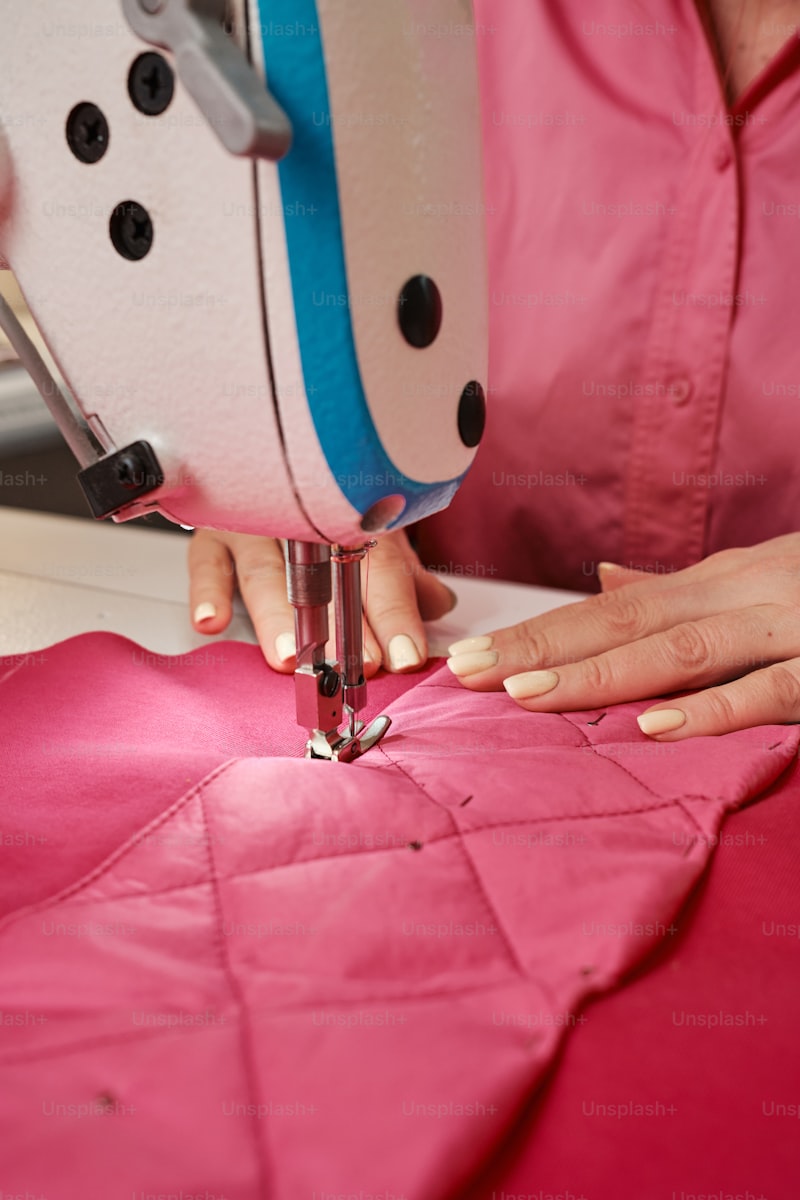The Importance of Proper Hemming Techniques in Fashion Design
Introduction
The art of sewing is a skill that has been passed down through generations, and one of the most crucial techniques in this craft is hemming. Proper hemming techniques are essential for achieving a professional finish in garments, ensuring that they not only look great but also maintain their functionality and durability over time. In this article, we will delve into the importance of proper hemming techniques, exploring various methods, common mistakes, and tips for achieving the best results.
What is Hemming?
Hemming is the process of finishing the edge of a piece of fabric to prevent it from unraveling and to provide a clean edge. It is a fundamental step in garment construction that can greatly influence the overall look of a finished piece. Whether you are working on skirts, pants, or sleeves, mastering the art of hemming will enhance your sewing skills and the quality of your projects.
Types of Hemming Techniques
There are several techniques for hemming, each suited for different fabrics and styles. Below are some of the most common methods:
| Technique | Description |
| Folded Hem | This involves folding the fabric edge up and sewing it in place, creating a clean finish. It is commonly used for lightweight and medium-weight fabrics. |
| Blind Hem | A technique that allows stitches to be nearly invisible from the front of the garment, ideal for formal wear. |
| Double Hem | This involves folding the fabric twice for a more substantial finish, suitable for heavier fabrics. |
| Rolled Hem | A narrow hem that is rolled and stitched; perfect for chiffon or silk fabrics. |
| Hemming with Bias Tape | This method uses bias tape to finish edges, providing a decorative touch while preventing fraying. |
The Benefits of Proper Hemming Techniques
Utilizing the right hemming techniques can offer numerous benefits not only to the garment's appearance but also to its longevity. Here are some of the key advantages:
- Improved Aesthetics: A properly executed hem contributes to the garment's overall look, providing a polished finish that enhances the wearer’s appearance.
- Durability: Adequately hemmed fabrics are less prone to fraying, which extends the lifespan of the garment.
- Fit and Comfort: Proper hemming can impact how a piece fits the body, ensuring comfort and ease of movement.
- Professionalism: Whether you're sewing for yourself or for clients, mastering hem techniques reflects professionalism and skill in your work.
Common Mistakes to Avoid in Hemming
Even experienced sewists can make mistakes in hemming. Here are some common pitfalls and how to avoid them:
- Insufficient Fabric Allowance: Always ensure you have enough fabric to turn under for a hem. Insufficient allowance can lead to a rushed and poorly finished edge.
- Incorrect Stitch Length: Using a stitch length that is too short can cause puckering, while too long may not hold the hem securely. Adjust the stitch length according to fabric type and thickness.
- Ignoring the Grain: Always hem along the grain of the fabric to prevent distortion. Hemming against the grain can lead to twisting and misalignment.
- Poor Pressing: Skipping the pressing step can result in an uneven hem. Always press while you sew to maintain the shape of the hem.

Tips for Mastering Hemming Techniques
Improving your hemming skills takes practice and attention to detail. Here are some practical tips to enhance your hemming techniques:
- Choose the Right Tools: Invest in quality sewing tools such as sharp scissors, a good sewing machine, and appropriate needles for your fabric.
- Practice on Scraps: Before hemming your actual garment, practice on fabric scraps to gauge the best technique and settings.
- Use Weights or Pins: To keep the fabric in place while you sew, use fabric weights or pins to prevent shifting.
- Finishing Options: Explore various finishing options such as zigzag stitches or sergers for a professional finish.
- Take Your Time: Rushing through the hemming process can lead to mistakes. Take your time and enjoy the process!
Conclusion
In conclusion, mastering proper hemming techniques is essential for anyone interested in fashion design or sewing. It not only enhances the appearance of garments but also contributes significantly to their durability and functionality. By understanding different hemming techniques, avoiding common mistakes, and implementing helpful tips, you can elevate your sewing skills and produce professional-quality garments. As you continue to hone your skills, remember that practice and patience lead to improvement. Always approach each project with an eye for detail, and don’t hesitate to explore various techniques until you find the one that best suits your style and fabric choices. Happy sewing!